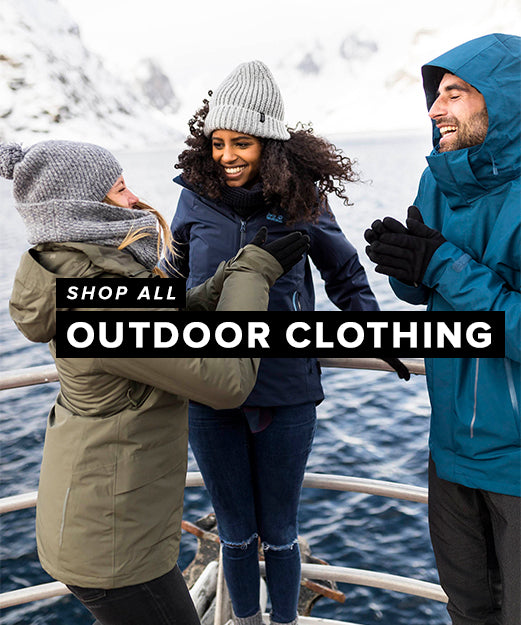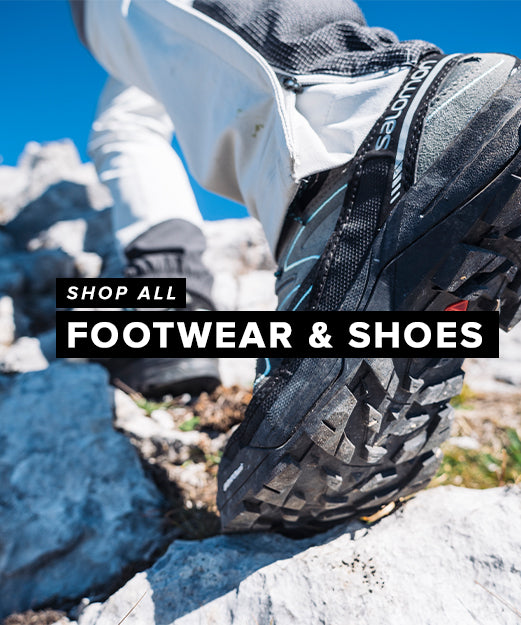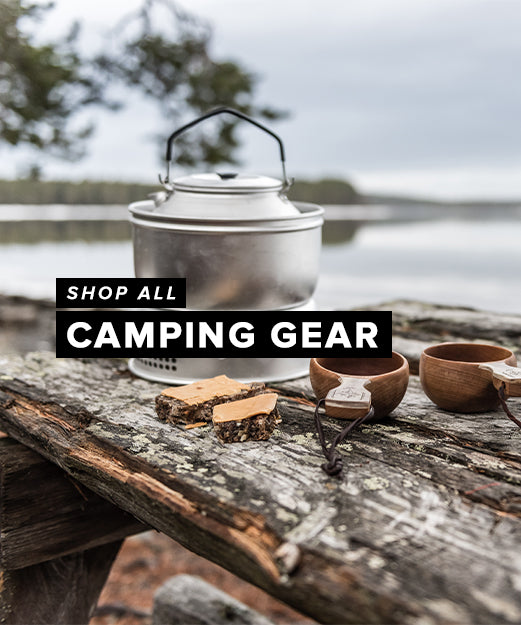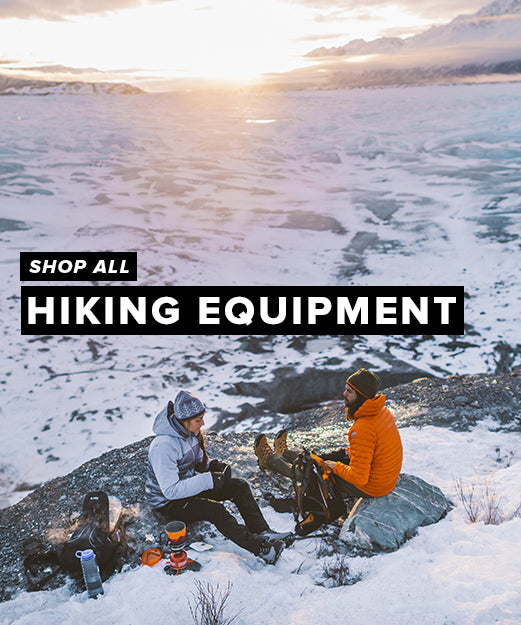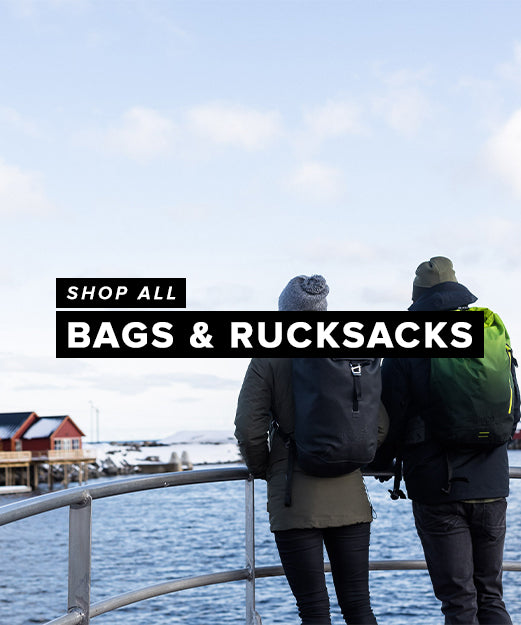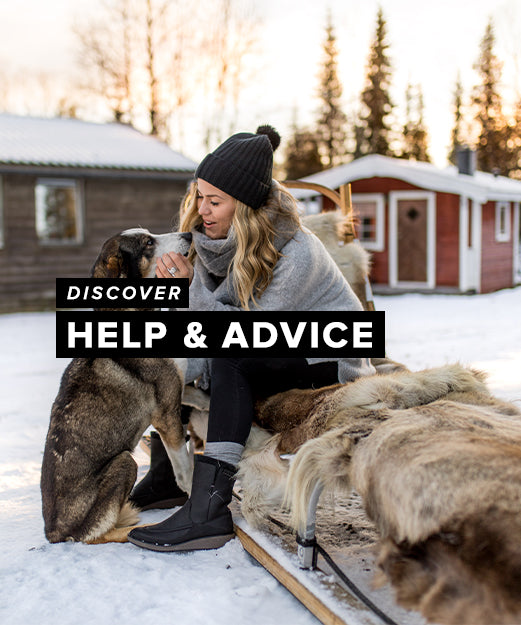No UK ultra or mountain marathon has a mandatory kit list as extensive as The Spine Race, and for good reason. Damian Hall has twice placed in the top five and here he shares the kit and nutrition that have worked for him.
The Spine Race is a continuous, seven-day, foot race along the 268-mile Pennine Way, England’s oldest and toughest National Trail, in January. More so than the distance and sleep deprivation, the weather can be your biggest foe and the wrong kit can end your race.
You need to be prepared for biblical storms and weather that acts like you've just insulted its mother – see the wonderful Montane Spine Race Film (see below) for details. So you'll need your man pants. Or whatever Beth Pascall was wearing in 2015 (it didn't seem right to ask). At the same time, an overly heavy pack could be a mistake too.
You can more or less predict where runners will place in the Spine Race – and even if they'll finish – by the size and weight of their pack. You need to carry a shelter, sleeping bag, stove, spare clothes, food and more. But lugging half a kg more than necessary will significantly slow you up – and the longer you’re out there, the bigger the chance of things going wrong. Some won’t agree, but to my mind over 8kg is unwise, 6kg and below much better. I didn't weigh my kit, but for the 2015 Spine Race my pack was probably below 4kg before food and water. All that said, two-time Spine winner Pavel Paloncý isn't obsessed with kit weight. He carries a superfluous towel on the side of his pack as a tribute to Douglas Adams (don't panic!).
Spine frontrunners travel lighter as they don’t plan to bivvy or camp out, or stop to cook. For my first Spine Race I had a versatile – or rather, indecisive – approach: I had kit for a semi-comfortable night out if needed. The second time I only planned to sleep and eat warm food at check points, so I could travel lighter, carrying some kit I didn’t plan to use. It would still be effective if needed, but not especially comfortable (I'm mainly talking about bivvy bag, mat and cooking equipment). And I got to Kirk Yetholm more quickly.
The Spine Race call itself “Britain's most brutal race” and I've never heard anyone dispute that. But it can also be a deeply wonderful experience, full of goodwill and generosity, new friendships and life-affirming joy. And hallucinations.

Here are some of my hard-earned recommendations:
SLEEPING SYSTEM – the ‘Big Three’
If you can afford to, get your Big Three – sleeping bag, mat and shelter – down to under 1kg. Race rules stipulate a sleeping bag must be at least –10 Extreme rating. The wonderfully toasty Terra Nova Laser 600 Lightweight Sleeping Bag has an Extreme rating of –14 (with 900 Fill goose down) and weighs a mere 630g. I also took a Terra Nova Moonlite bivvy, which at 180g is the lightest waterproof and breathable bivvy I know of. And a KLYMIT Inertia X-LITE mat, which at 173g, is the lightest inflatable mat I've found – it rolls up to little more than a Red Bull-can size. (That said, I didn’t get much sleep on the floorboards at Hawes – the only check point (CP) without beds. I'd consider a more comfy mat in my drop bag).
FOOT CARE
Two medics complimented my feet in 2015 and either they were trying to bust a move (unlikely as I hadn’t cleaned my teeth for days) or were unknowingly acknowledging the magic of Care Plus Camphor Spray. Starting a couple of weeks beforehand, the spray builds up a protective layer over your pinkies. It’s also antiseptic, so useful during the race.
Though they’re a faff to get on over battered feet, I’ve worn Injinji toe socks, which make friction between toes and therefore blisters less likely. On top I’ve worn waterproof SealSkinz socks – which worked like a dream in 2014, but new ones didn’t keep water out in 2015. I contacted SealSkinz, who said they’d happily look into the malfunction, but they went missing in the post. Most runners near me however wore SealSkinz to good effect and I’d probably gamble on them again.
Importantly, both types of socks are part wool, so still warm when wet. I was also really glad I had calf-length SmartWool PhD Run Graduated Compression socks to help with tendonitis – but also support beleaguered calves.
SHOES
With footwear, I’ve learned comfort is more important than grip. Surfaces are so diverse that it’ll be slippy somewhere – and poles (more anon) help with balance. In 2014 I started in Salomon Speedcross – my go-to trail shoe. But foolishly wore my normal size and, with extra socks and swelling feet, they were soon too tight. I’d packed a pair of Pearl Izumi Em Trail N2, a leftfield choice, purely because they were the only pair I owned that were larger. They have a lovely, large toe box, are really comfortable and just seem to do all the basics – breathability, comfort, lightness – really well. Timmy Olson wears them, even though he’s sponsored by The North Face.
In 2015 I started in the Pearl Izumis and changed when my feet and ankles decided they wanted to imitate an elephant’s. Then I wore size-larger Inov-8 Roclite 295s. They're designed for multi-day sports, are well cushioned all around and have excellent grip. I’d be tempted to start in these if there’s a next time.
I also used clever Superfeet insoles, recommended by an ultra-runner friend, for increased cushioning and stability. I feel like these helped me and I’m still using them for training and races.
In 2014 I had no blisters. In 2015 I got two. One, I think, from simply not doing a shoe up tightly enough. The other from a stone getting in – gaiters could be a wise choice.
SHELL LAYERS
Don’t opt for a lightweight sub-150g jacket. You need something serious. I used a Berghaus Vapour Storm Jacket in 2014 and 2015 and it’s almost as if it’s designed for the Spine Race. Wind and rain resistance was outstanding (I often just wore a warm base layer underneath) and breathability is superb too, because of the pioneering venting system. Internal thumb loops help stop water leaking in at the wrists (do think about how to protect the vulnerable wrist area between jacket and glove) and I was thankful of the hood’s protection when others were retiring with corneal abrasions from the wind.
I also wore Berghaus Vapour Shell Overtrousers, both years, and they’re bombproof. Leg-length zips mean they’re heavier (255g) than some options, but can easily allow heat to escape and be worn all day rather than stopping to change. For days when rain wasn’t certain, I wore RaidLight UltraLight Rain Pants (150g), which – surprisingly from the look of them – kept me dry during the worst weather. Even if they look like something Vanilla Ice wouldn’t wear.
MID LAYERS
I’ve worn a Berghaus Smoulder Hoody lightweight fleece for spells both years, which is the perfect combination of warmth and breathability, with a useful hood, great neck cover and thumb loops. Berghaus’s VapourLight Hypertherm Reversible Hoody (221g) is another good option.
Gilets are excellent choices, too. I’ve used a RAB Strata Vest (280g), which is designed for activity in cold weather and kept my core warm (using Polartec Alpha) while letting my sweaty armpits breathe. Rab's Xenon X Vest is a similary excellent (and lighter, from 204g) option.
My failsafe garment was the brilliant OMM Rotor Smock, worn at night sometimes and in the more apocalyptic gales. It offers excellent warmth for only 260g and because it’s PrimaLoft it continues to work well when wet. Wet down jackets have triggered hyperthermia and ended races for some.
BASELAYERS
SmartWool PhD Run Wind Tights are excellent for winter running. Merino wool in the inside keeps them lovely and warm, while nylon on the outside rebuffs gusts. The North Face Hybrid Long Sleeve Zip Neck Shirt is the pick of the tops I’ve worn. It keeps key bits warm, has mesh where airflow is important, is quick dry and good at wicking. I save a set of X-Bionic top and bottoms for later in the race, when my body can do with posture support and compression.

LIGHT
I wanted the brightest headtorch that used conventional (AA or AAA) batteries, so I wouldn’t be constrained by fussy battery packs. The Petzl MYO is superb. It boasts 370 lumens in Boost mode (280 in Maximum mode). The beam switches between wide-angle and spotlight, which is really useful for locating the path in foul weather. And has an effective warning system for dwindling batteries – though Lithium batteries easily lasted the 16-hour nights.
I also took the adorably tiny Petzl e+LIGHT (27g). It doesn’t give enough light (26 lumens; 29m) to use for long, but is handy for changing batteries or emergencies.
BACKPACK
OMM’s Classic 25L pack was the most popular backpack on the Spine, and for good reason. It can accommodate a hydration bladder and bottles (with attachments) – and I used both – has enough external pockets to access snacks, hat and gloves on the go and doesn't swing about irritatingly when you run. I've used Exped dry bags for a few years, but some of them leaked during the 2015 Spine. I’m tempted to think the weather would have got through any dry bag. I had crucial kit (sleeping bag, electricals) double dry-bagged anyway, and they stayed safe.
NAVIGATION
I’d recommend Harvey Maps’s excellent three Pennine Way maps, which are waterproof. For a compass, lately I’ve been using Silva's 1S-360 Jet, and I love its fast-settling, fluorescent needle. The Garmin Oregon 600 GPS has a gazillion features and touchscreen means fast usage (but can change screens and do all sorts in your pocket if not careful). I also wore a Garmin Fenix watch, with the GPS points (supplied by race organisers) loaded on, as back-up. It can get satellite data for well over 24 hours.
Whether or not you’ve time to recce any of the route, I’d like to think (shameless plug alert), my official guide to the Pennine Way gives a good overview of terrain day by day and alerts you to several tricky bits of nav.
ACCESSORIES
Buffalo mitts were magic. They’re not waterproof, but they stay very warm and dry quickly. I would stick them on over a pair of wet fleece gloves and they would warm my frigid digits and dry the liner pair. RAB PrimaLoft Gloves were good liners, as were a pair of Berghaus fleece gloves. I might consider a pair of Gore-Tex mitts as well, next time. I also take, and use, a shed-load of Buffs.
I didn’t plan to use my stove, so took the lightest I could find, the Alpkit Kraku, at just 45g. A steal at £25. Plus an Alpkit MytiMug 650 titanium mug (74g). Very neat bits of kit.
In 2014 I thought I was ever so clever taking a light mobile phone worth about £2. The cold killed it the first time I tried to use it. So for 2015 I took a SealSkinz waterproof case for my smartphone and despite the extra weight got a motivational boost from taking photos and using social media occasionally.
NUTRITION
Your body doesn’t get the rest it needs for adequate recovery on the Spine, so canny nutrition is key. The biggest lesson I’ve learned is that what you’ll happily eat on day one and two will probably disgust you by day five and six. So variety is key. Simply getting calories in is the important thing by the end.
I took advice from Renee McGregor, ultra runner, registered dietitian and sports nutritionist, and author of Training Food.
She recommended, among other things, trying to eat every hour, that bagels are much more calorie dense than bread and to drink recovery shakes.
I used 33 Shakes, because they taste great, are effective and extraordinarily healthy. Unlike most sports drinks, they don't have best before dates of two years' time – because they're made of real foods. Or rather, superfoods. They're all natural ingredients, almost all organic, low GI and are used by Sir Bradley Wiggins and Chrissie Wellington.
CLIF products work really well for me, too, and though this isn’t a race to rely on gels, their Double Espresso gave me the defibrillating jolt I needed in the small hours. Their bars – again, varied flavours – have a good combination of instant and sustained energy release and I never went off their (caffeinated) Shot Bloks. Likewise chocolate in general. I took lots of trial mix, too, but varied it with chilli peanuts, apricots, dried bananas and suchlike, so each day’s would taste different. You can't eat too much on the Spine.

MORE SPINE RACE TIPS
1. Poles are really useful – to stay upright on icy flagstones, maintain good posture when you’re a wreck and test out those hungry-looking peat bogs. That said, I broke four in 2015, so it can be worth having spares in your drop bag.
2. If you’re going for the popular Injinji and SealSkinz socks combo, you’ll probably need a shoe at least half a size bigger than normal, and a spare pair another half or full size bigger again in your drop bag, for when feet swell.
3. They’re more expensive and not rechargeable, but Lithium batteries are significantly lighter, last longer and are less likely to fail in the cold. Well worth the investment.
4. If you’re using a hydration bladder, an insulation sleeve is a wise addition (my hose froze in 2015).
5. Recovery cream for sore muscles can be sage. I use Polar Frost anti-inflammatory cream, which has been excellent.
6. When buying kit look for zips that'll be usable wearing wet mittens in the dark with a gale blowing.
7. For a penknife (mandatory kit), a Victorinox Waiter Pocket Knife weighs just 36g.
8. Two people with strong links to the event offer Spine Race specific training courses: Nav4Advanture, and Ranger Expeditions.
9. There’s more excellent advice here.
10. Lastly, everyone who's even a quarter-interested in the Spine Race must watch the inspiring, amusing and doubtless soon to be, multi-award-winning Montane Spine Race Film (available to buy and download from here). Though perhaps don't let your loved-ones see it.
Written by Damian Hall -
Damian Hall is an outdoor journalist who’s trekked many of the world's well-known and lesser-known long-distance trails. He’s the author of the official Pennine Way guide and has twice completed the Spine Race. There's more of this sort of hogwash at www.damianhall.info and @damo_hall.
 NEW!! Free UK Delivery
NEW!! Free UK Delivery Hassle-Free Returns
Hassle-Free Returns Clearpay
Clearpay


